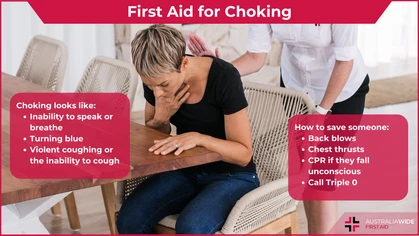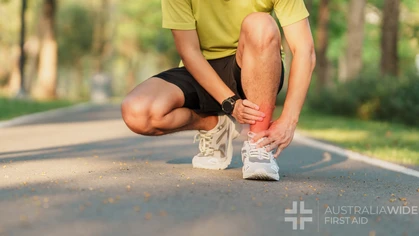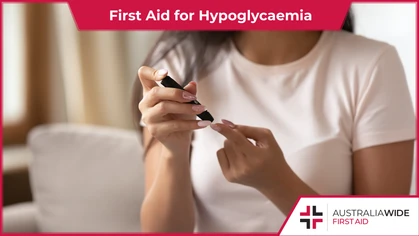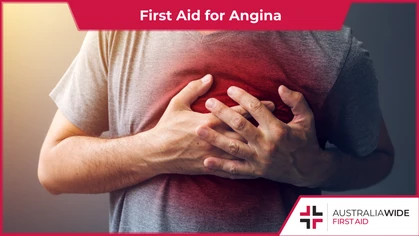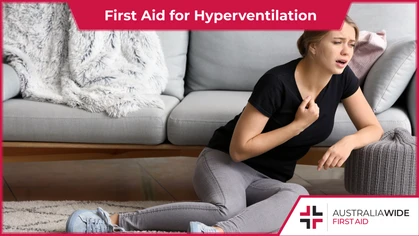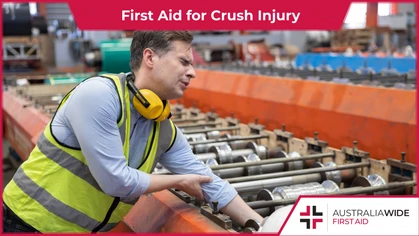Nappy Rash First Aid

How-To
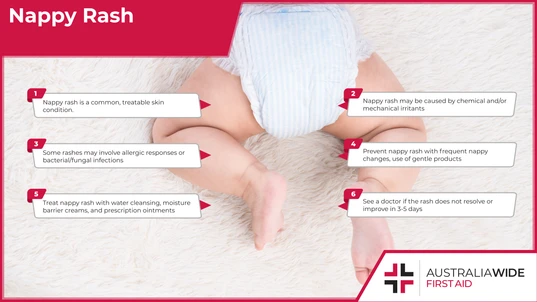
Nappy rash is a form of dermatitis that occurs when the skin is exposed to moisture for prolonged periods of time. Nappy rash can be very uncomfortable for children and can even cause infection. As such, it is important to know first aid for nappy rash.
Nappy rash occurs when the skin becomes irritated due to prolonged exposure to moisture.What is Nappy Rash?
Nappy rash is a form of dermatitis, meaning inflammation of the skin, that occurs because of exposure to moisture along with chemical or mechanical irritants. Parents and caregivers will come across nappy rash at some point in their parenting and childcare journey. Although it is not life-threatening, nappy rash can be very uncomfortable for the child and can lead to more serious complications, like infection, if left untreated. In this article, we will discuss ways that you can prevent and treat nappy rash.What Causes Nappy Rash?
Nappy rash is caused by the exposure of skin to moisture in addition to a chemical or mechanical irritant. Chemical irritants cause weakening and breakdown of the sensitive skin of the bottom and perineum. Mechanical irritants cause damage to the skin via friction.- Chemical irritants include urine, feces, lotions, and other products applied to the skin.
- Mechanical irritants include ill-fitting diapers, tight clothing, and natural skin folds.
Signs and Symptoms of Nappy Rash
Visual symptoms of nappy rash include:- Redness, or erythema
- Inflamed skin
- Shiny, moist skin
- Scaly patches
- Blisters or ulcers
- Crying, fussiness, irritability particularly during diaper changes
- Pulling, rubbing, or scratching of skin in and around the bottom and perineum
- Fever (in cases when an infection is involved)
First Aid for Nappy Rash
Prevention
- Frequently change nappies
- Avoid skin’s exposure to moisture for prolonged periods of time
- Use disposable diapers that have moisture-wicking qualities to keep the skin dry
- Allow the skin to dry completely before replacing a nappy
Treatment
- Clean the skin with a non-irritating wipe: If your baby has particularly sensitive skin or a painful rash, use a soft cloth with only water. Baby wipes, though generally considered safe, often contain added chemicals that may lead to further irritation.
- Applying a topical cream, paste, or ointment intended for the treatment of nappy rash: Moisture barrier products contain zinc oxide and/or petrolatum. Products containing zinc oxide come in different concentrations. If the rash is not responding to a product with a lower concentration, switch to products with a higher concentration (40%). Some creams have antifungal or antibacterial qualities to treat sources of secondary infections like yeast. In some cases, a doctor may prescribe a topical steroid cream that reduces inflammation.
- Continue to implement prevention measures: Frequently change nappies, use disposable diapers and allow the skin to dry completely before replacing a nappy.
When to See a Doctor
- If the nappy rash does not resolve or improve in 3-5 days with the use of the above measures
- If the child is showing signs of infection, such as fever, diarrhoea, elevated heart rate, or fast rate of breathing.
- If the skin is severely affected – oozing, raw, open skin
- If your baby is in distress
Recommended First Aid Resources and Courses
Given that nappy rash can also be attributed to allergies, the following resources may also be of assistance:
Originally published at
https://www.australiawidefirstaid.com.au/resources/first-aid-for-nappy-rash
as part of the Australia Wide First Aid Articles Library
